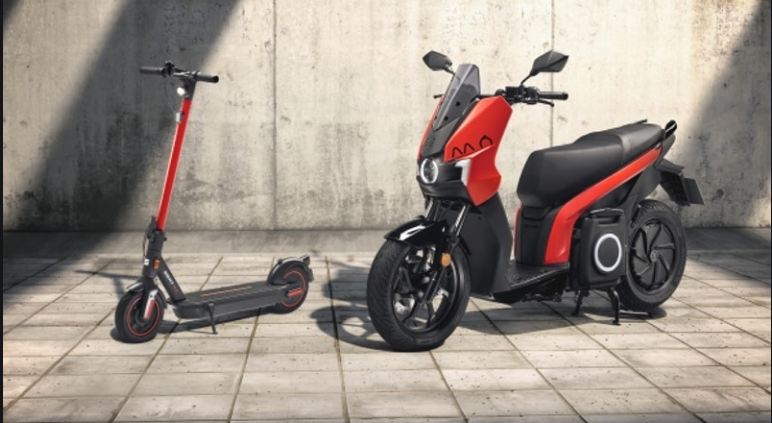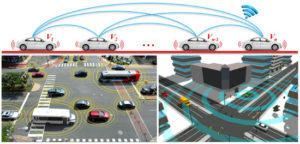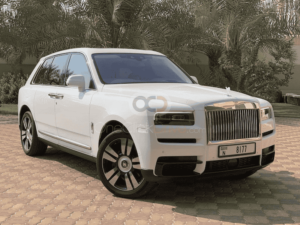With petrol prices increasing almost every other day, it is becoming increasingly hard to justify buying conventional scooters. The increasing proliferation of electric scooters in the last couple of years has made the situation even trickier. Are they capable enough to stand the test of time? That’s exactly what we’ll be looking at in this article. Here’s a look at how the future of electric scooters is likely to shape up in 2021.
The scenario of electric scooters in India in 2021
With electric scooters still in the nascent stage and with limited information, we can only speculate as to what the future holds for these two wheelers. That said, let’s dive into our analysis.
The demand for electric scooters is on the rise but supply constraints exist
Recently, the Chetak, Bajaj Auto’s electric scooter clocked sales of around 800 units in September 2020. This was while the country was on the recovery path from the after effects of the pandemic. The numbers would have definitely been higher had the pandemic not happened. This is a clear-cut testament to the fact that more and more people are preferring electric scooters over the conventional ones.
Although this is great news, the dampener comes in the form of supply constraints. Not all electric vehicle manufacturers cater to all of the cities and towns in India. The Bajaj Chetak, for instance is available only in select cities, which doesn’t include major metropolitan cities like Chennai, Hyderabad, Delhi, Goa, and Jaipur. Similarly, the Ather 450X is also under the same umbrella. The scooter is available only in around 9 cities and is sold under a pre-order basis. With limited availability and slow production, the supply constraints seem to be a choking point.
With not many charging points, range anxiety is still prevalent
While we have come a long way when it comes to bolstering our charging infrastructure, we are nowhere near the ideal levels. You can find traditional fuel pumps at every 50 to 100-odd kilometers in our country. Sadly, the same can’t be said about electric charging points. With a typical electric scooter giving you a mileage of only around 70 to 120 kilometers per single charge, we need more charging points to effectively strengthen the electric vehicle adoption rate. Riders shouldn’t have to deal with range anxiety each time they take their scooter out for a spin.
Conclusion
That said, things are looking up for the electric scooter industry. With both Bajaj Auto and Ather Energy announcing their plans to expand their reach considerably in 2021, it should ease the supply constraints by a huge margin. And as with the charging infrastructure, the central government is stepping up its efforts to introduce more charging points in the country. As a matter of fact, the government plans to set up around 69,000 charging stations throughout the country in the near future.
With petrol prices touching the 90-mark, the stage is perfect for electric scooters to make full use of the situation. Investing in EVs is a great way to make yourself future-ready. And so, if you’re planning to get a two wheeler loan, give the electric scooters a chance and pick one up. However, make sure that you check the two wheeler loan eligibility criteria and two wheeler loan interest rates before applying for one.





Be First to Comment